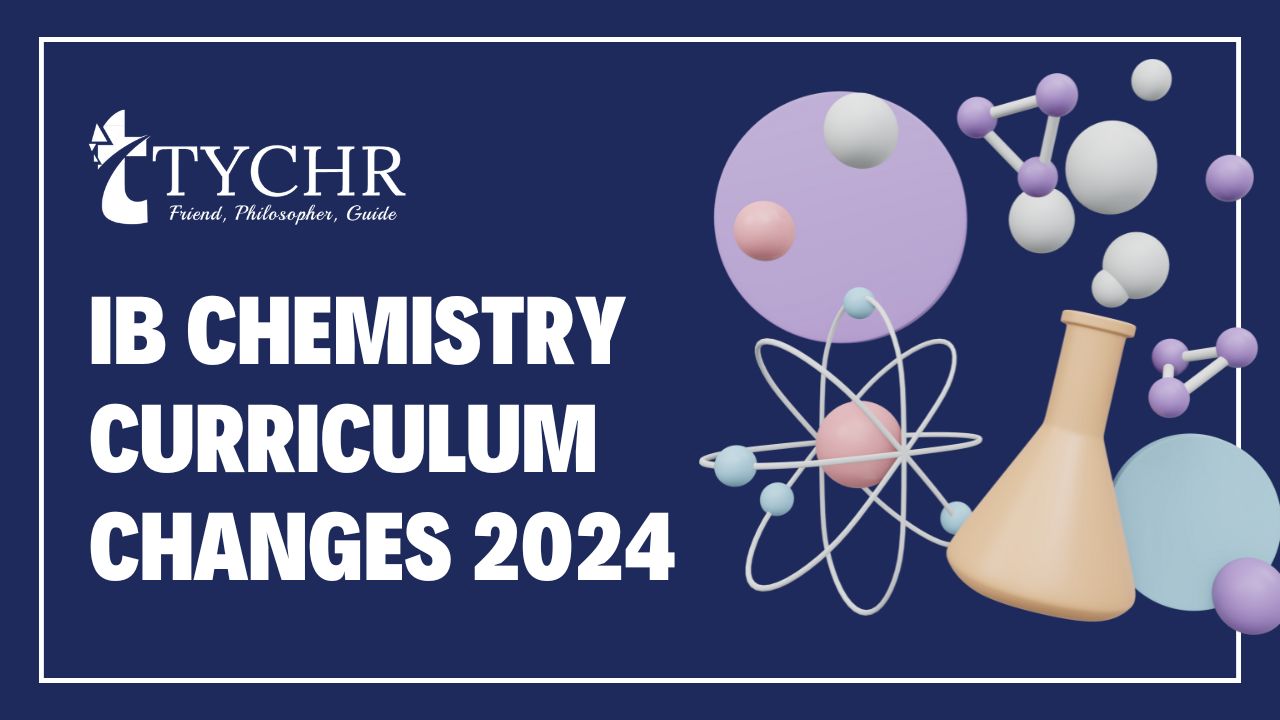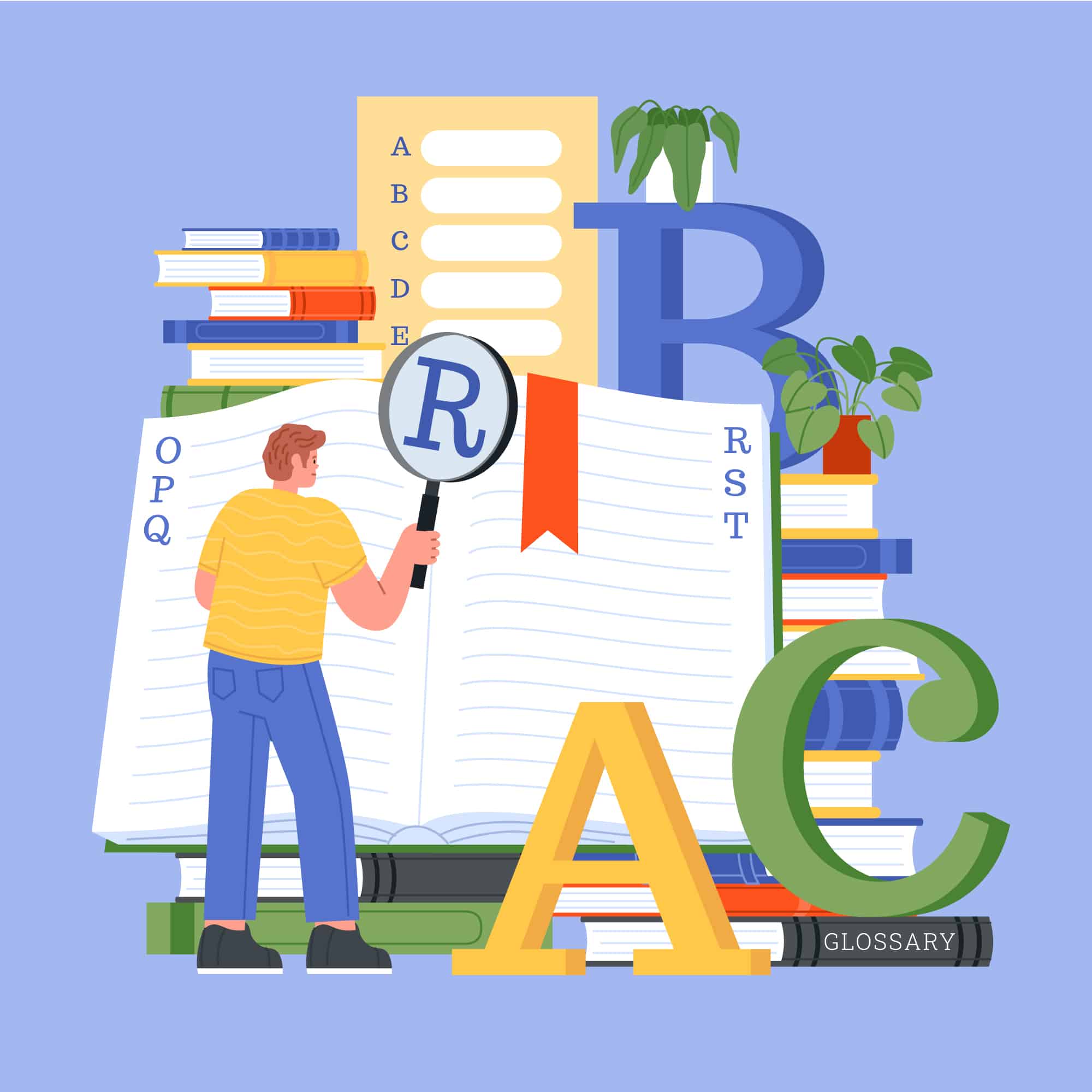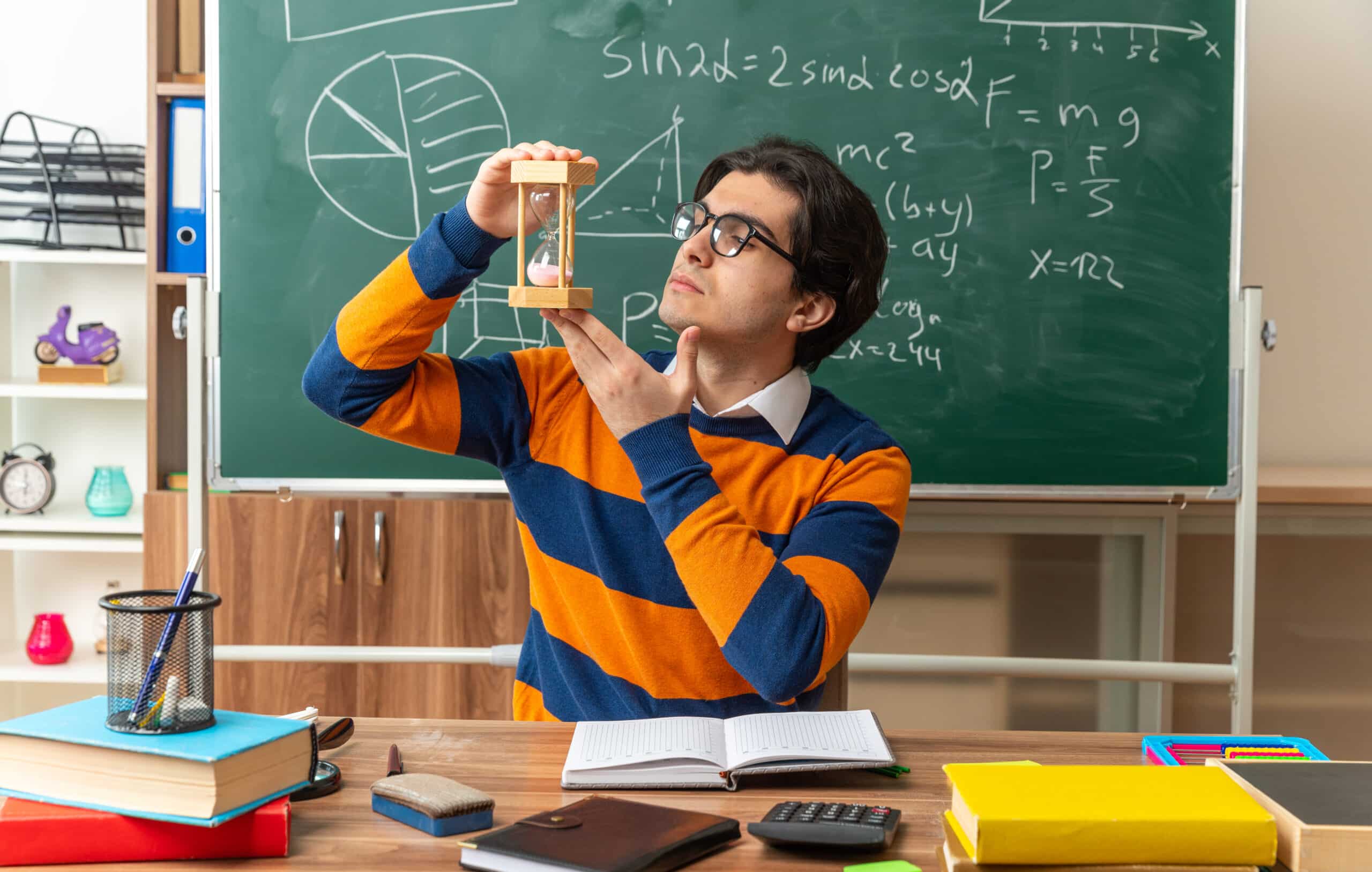Table of Contents
- 1 Assessment Criteria, as stated in IB MYP Subject Brief for Language and Literature:
- 2 Criterion A: Analysing
- 3 Criterion B: Organizing
- 4 Criterion C: Producing text
- 5 Criterion D: Using language
- 6 Skill development in MYP Language and Literature
- 7 Conceptual Understanding
- 8 KEY CONCEPTS
- 9 Related Concepts
- 10 Approaches to learning (ATL skills)
- 11 MYP eAssessment
- 12 MYP English Topics list
Assessment Criteria, as stated in IB MYP Subject Brief for Language and Literature:
Each objective corresponds to one of four equally weighted assessment criteria. Each criterion has eight possible achievement levels (1–8), divided into four bands with unique descriptors that teachers use to make judgments about students’ work.
Criterion A: Analysing
Students demonstrate an understanding of the creator’s choices, the relationship between the various components of a text and between texts, and make inferences about audience responses and creators’ purposes. Students use the text to support their own responses and reflect on different perspectives and interpretations.
Students should be able to:
- Analyse the language, content, context, style, structure and technique of the texts and understand the relationship among texts
- Analyse how the choices made by the author affect the audience
- Justify their opinions and ideas through examples and specific terms
- Bring out the similarities and differences across texts
Learning Progression
| Year 1 | Year 3 | Year 5 |
| Criterion A: Analysing | ||
|
|
|
Criterion B: Organizing
Students understand and organize their ideas and opinions using a range of appropriate conventions for different forms and purposes of communication. Students recognize the importance of maintaining academic honesty, respecting intellectual property rights and referencing all sources accurately.
Students should be able to:
- Use organizational structures that fit the context and purpose
- Structure opinions and ideas coherently and logically
- Employ referencing and formatting tools to create a presentation style suitable for the context and purpose.
Also Read: Comprehensive IGCSE English Syllabus
Learning Progression
| Year 1 | Year 3 | Year 5 |
| Criterion B: Organizing | ||
|
|
|
Criterion C: Producing text
Students produce written and spoken text, focusing on the creative process itself and on the understanding of the connection between the creator and his or her audience. Students make choices aimed at producing texts that affect both the creator and the audience.
Students should be able to:
- Produce texts demonstrating insight, imagination, and sensitivity, while critically reflecting on new perspectives and ideas emerging from personal engagement with the creative process
- Make stylistic choices using linguistic, literary, and visual devices, recognizing their effect on the audience
- Choose relevant details and examples to develop ideas effectively
Learning Progression
| Year 1 | Year 3 | Year 5 |
| Criterion C: Producing text | ||
|
|
|
Criterion D: Using language
Students develop, organize and express themselves and communicate thoughts, ideas and information. They use accurate and varied language that is appropriate to the context and intention.
Students should be able to:
- Use varied and appropriate vocabulary, sentence structures, and forms of expression
- Write and speak in register and style fitting the context and intention
- Use accurate grammar, syntax, and punctuation
- Ensure accurate spelling (for alphabetic languages), writing (for character languages), and pronunciation.
- Employ suitable non-verbal communication techniques
Learning Progression
| Year 1 | Year 3 | Year 5 |
| Criterion D: Using language | ||
|
|
|
Skill development in MYP Language and Literature
In the MYP language and literature curriculum, students develop an understanding of the potency of language in both personal expression and societal discourse through diverse cultural and historical landscapes. By analysing a wide range of texts spanning different epochs, geographical locations, and cultural milieus, they gain a nuanced understanding of the multifaceted nature of language and its impact.
ORAL COMMUNICATION
Oral communication is fostered through various interactive activities such as debates, role plays, and discussions. Students refine their articulation skills by engaging in Socratic seminars, oral essays, and poetry recitals and learn to construct and convey meaning effectively. They hone their ability to engage with others and contribute meaningfully to discourse.
WRITTEN COMMUNICATION
Written communication includes decoding and encoding meaning through reading and writing. Students delve into diverse genres, including novels, biographies, and screenplays, enhancing their ability to discern implicit meanings and craft coherent narratives. By exploring various text types such as blogs, editorials, and reports, they refine their written expression, learning to organize and communicate thoughts and ideas with clarity and precision.
VISUAL COMMUNICATION
Visual communication involves interpreting and creating visual media to convey ideas, values, and beliefs. By analyzing advertisements, graphic novels, and music videos, students develop critical visual literacy skills. They learn to communicate complex concepts and narratives using visual elements effectively by creating visual presentations such as posters and animations.
Conceptual Understanding
In the MYP, the aim is to develop conceptual understanding so students can learn to use concepts through which they can understand and comprehend things at personal, local and global levels. Conceptual understanding helps in solving problems, analysing issues and reflecting on decisions. It is developed through prescribed key and related concepts.
KEY CONCEPTS
COMMUNICATION
Communication refers to the exchange of signals, facts, ideas, and symbols between a sender and an intended receiver. Effective communication requires a common language, whether written, spoken, or non-verbal. By exploring texts, we share, express, analyze, and transform information, ideas, and opinions, bridging communities globally
CONNECTIONS
Connections are the links and relationships among people, objects, organisms, or ideas. Linguistic and literary connections span across time, texts, and cultures, forming the core of language and literature studies. These connections allow for the exploration of language and the relationships between text, creator, and audience.
CREATIVITY
Creativity is the process which involves the craetion of novel ideas and reconsidering existing ones from fresh perspectives. It involves recognizing the value of ideas and developing innovative responses to problems. In language and literature, creativity lies in synthesizing ideas with language, resulting from interaction and reflection within the individual or wider community.
PERSPECTIVES
Perspective means the viewpoint from which we observe situations, objects, facts, ideas, and opinions, often associated with individuals, groups, cultures, or disciplines. Different perspectives lead to multiple interpretations, influencing texts, and being influenced by them. Understanding multiple perspectives is crucial for recognizing and responding to biased interpretations and supporting the development of complex and defensible interpretations. This can be done by considering diverse opinions and viewpoints.
Related Concepts
The following list showcases different MYP ‘Related concepts’ according to different subject areas. These concepts help identify the key areas the students are expected to learn to acquire deep learning during their MYP studies.
- Audience imperatives
- Intertextuality
- Setting
- Character
- Point of view
- Structure
- Context
- Purpose
- Style
- Genre
- Self-expression
- Theme
Approaches to learning (ATL skills)
Thinking skills
Assessing evidence and arguments.
Social skills
Engage actively with diverse viewpoints and concepts.
Communication skills
Employ a variety of media forms to interact with different audiences.
Self-management skills
Maintain a structured and coherent method of organizing data and notes
Research skills
Pursue a wide range of viewpoints from various sources.
MYP eAssessment
| TASK | DESCRIPTION | MARKS | CRITERION ASSESSED |
| Analysing—shorter response questions | This task evaluates students’ ability to analyze and then compare two unseen texts, one written and one multimedia. It consists of short response questions focusing on analyzing techniques used in the texts and justifying opinions. (A) This is followed by an extended response question related to comparison, assessing the ability to organize work coherently and logically. (A and B) | 10 | A |
| Analysing—extended comparison questions | 20 (10 for each criterion) | A and B | |
| Producing literary text—writing | This task requires the students to create a literary text based on a stimulus of two static images. The focus is on producing a text that demonstrates imagination or sensitivity and awareness of its impact on the audience. (C) Additionally, students must ensure grammatical accuracy and write in an appropriate register. (D) | 20 (10 for each criterion) | C and D |
| Producing non-literary text | This task involves producing an extended non-literary text connected to the global context focus for the session and year of study. Students are expected to organize their work logically, demonstrate imagination or sensitivity, and be aware of the text’s impact on the audience. They must also ensure grammatical accuracy and write in an appropriate register. | 30 (10 for each criterion) | B, C and D |
| Total marks | 80 | ||
Also Read: Comprehensive IB French Ab initio Syllabus
MYP English Topics list
There are no particular prescribed texts. Teachers choose texts according to the needs and interests of the students to broaden their understanding through diverse perspectives. The chosen texts are selected keeping in mind the aim to increase cultural and historical sensitivity of children, their competency in language and incorporating a diversity of translated texts from different regions, cultures and languages.
It includes poetry, prose, mythology and drama and also non-literary texts including:
- Screenplays, film, television programs, and drama series
- Graphic novels
- Biography and autobiography
- Essays, letters, narrative non-fiction, and informational text
- Speeches and oral traditions
Ideas and issues explored in MYP, as stated in the curriculum, include:
- identity, heritage, culture, diversity
- communities, globalization, migration, displacement
- social history, civilizations, journeys
- media and mass communication
- childhood, adolescence, youth, rebellion, innocence and experience
- families, friendships, relationships
- systems, power and protest, justice, peace and conflict, freedom and independence
- health and well-being, environment, lifestyle
- social roles, norms and expectations, gender, inclusion, minorities, class
- utopias, dystopias, survival
- religion, faith, values, ritual, spirituality, taboos
- allegiance, betayal, revenge, atonement, forgiveness.








